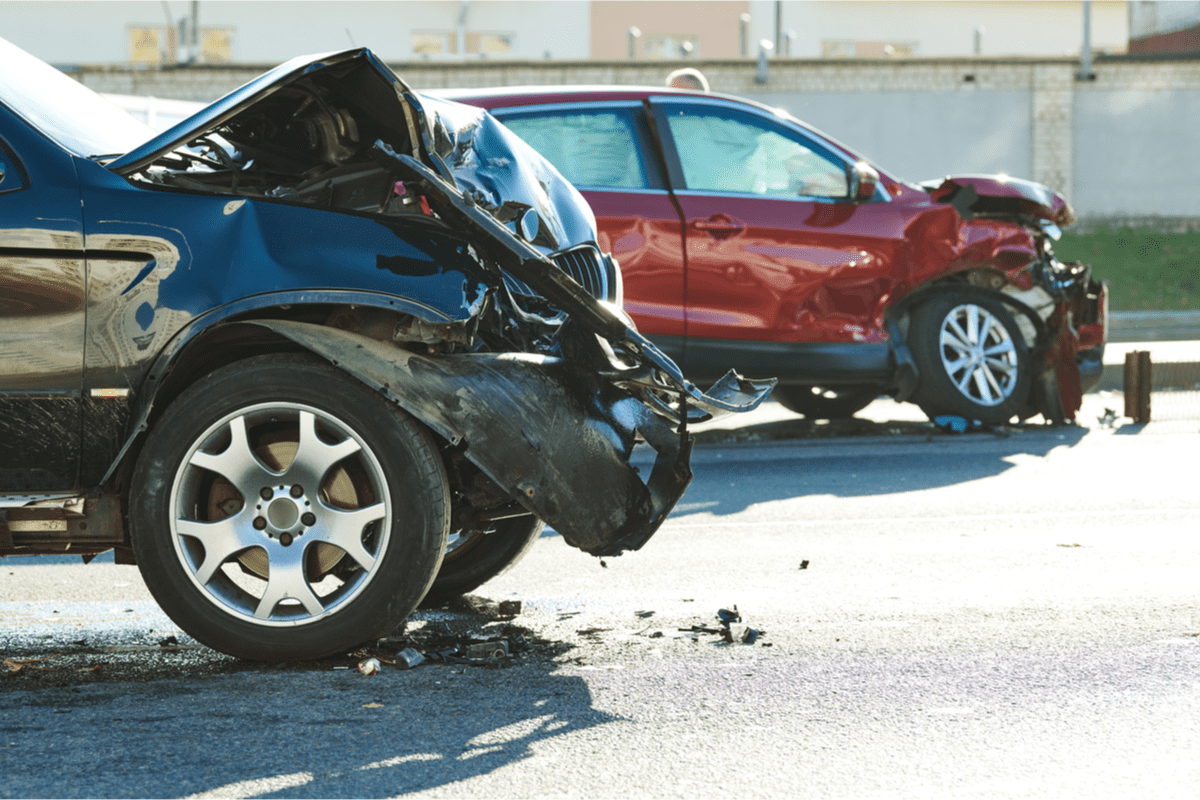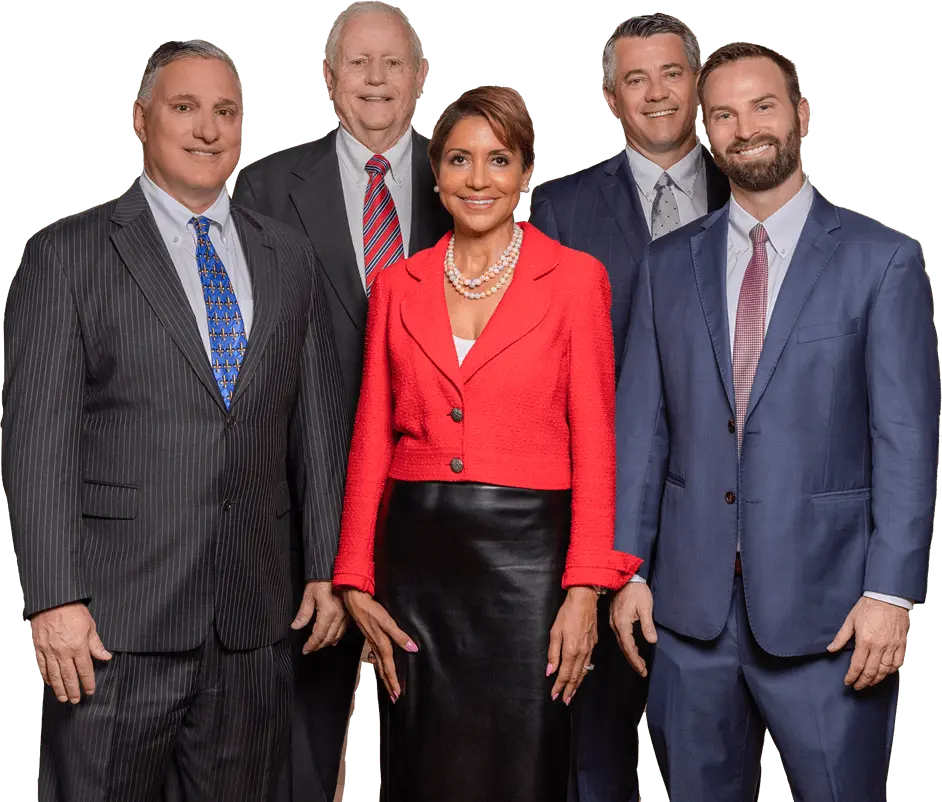
Partner at Charbonnet Law Firm LLC
Practice Areas: Car Accident, Slip-and-Fall, Work-related Injury

Self-driving cars are no longer futuristic concepts. They’re already on the road, and many drivers in Louisiana are relying on features like Tesla’s Autopilot and Full Self-Driving (FSD) systems. These technologies are meant to make driving easier and safer—but what happens when they fail?
Crashes involving autonomous features raise difficult questions about who’s responsible. Is it the driver, the carmaker, the software engineer, or someone else? In this blog, we’ll break down what happens when an autonomous car is involved in a crash, who may be at fault, and what you can do if you’re affected.
Modern cars are loaded with technology. Features like lane-keeping assist, adaptive cruise control, and emergency braking are becoming standard. Tesla, in particular, has been pushing the boundaries with its Autopilot and Full Self-Driving packages
While these features can be helpful, they aren’t perfect. Drivers are still expected to stay alert and ready to take over. Despite this, many users rely too heavily on the technology, leading to severe—and sometimes fatal—accidents.
One of the most alarming problems with autonomous features is something called phantom braking. This happens when a car suddenly slows down or slams on the brakes without warning or apparent reason. It often occurs while using adaptive cruise control or Autopilot.
The Office of Defects Investigation (ODI) has received 354 complaints alleging unexpected brake activation in 2021–2022 Tesla Model 3 and Model Y vehicles. — NHTSA PE22-002 Investigation Report
Drivers have reported terrifying situations where their Teslas abruptly decelerated on the highway. These incidents increase the risk of rear-end collisions, especially in fast-moving traffic.
The National Highway Traffic Safety Administration (NHTSA) launched an investigation into over 416,000 vehicles due to these braking issues. Their goal is to understand how often it happens and what’s causing it.
These problems aren’t just technical glitches—they have real consequences. On a roadway in Indiana in 2019, a Tesla Model 3 collided with a parked fire truck. The driver, using Autopilot, suffered serious injuries, and his passenger died shortly after the accident.
In 2025, a Tesla Model Y in San Francisco reportedly accelerated unexpectedly, killing a pedestrian. The driver claimed they weren’t even touching the pedal when the crash happened.
In April, a Tesla Model S in ‘Full Self-Driving’ mode fatally struck a 28-year-old motorcyclist in Seattle, marking at least the second such incident with Tesla’s autonomous technology.
When technology goes wrong, lives are at risk. These accidents show that autonomous features still need human oversight and better safety measures.
One of the most complicated parts of autonomous vehicle accidents is determining who is legally responsible. Unlike traditional accidents, where fault may lie with one driver or the other, self-driving crashes may involve multiple parties.
Even when a car is in Autopilot mode, the driver is still supposed to stay focused. If they fail to respond to a malfunction or ignore warnings, they may be held liable.
If a defect in the car’s system caused the crash—like phantom braking or steering errors—the manufacturer could be at fault. Tesla, for example, has faced several lawsuits over claims that its self-driving tech malfunctioned.
Sometimes, it’s not the car itself but the software or components inside it that fail. In these cases, the company that designed or supplied the faulty system may share the blame.
Tesla maintains that its ‘Full Self-Driving (Supervised)’ feature requires active driver oversight and is not fully autonomous.
Regulators have been trying to keep up with these changes. In 2021, the NHTSA issued a rule requiring all crashes involving autonomous driving systems to be reported within 24 hours if they result in:
Failure to report can lead to fines or legal consequences. Here’s a breakdown of some major federal investigations:
| Investigation ID | Date Opened | Models Involved | Number of Vehicles | Issue Investigated |
| PE22-002 | Feb 16, 2022 | Model 3 & Model Y | 416,000 | Phantom Braking |
| EA22-002 | June 8, 2022 | Multiple Models | 830,000 | Autopilot Crashes |
| Ongoing | Oct 18, 2024 | Various (2016–2024) | 2.4 million | FSD Crashes in Low Visibility |
Being in a crash involving an autonomous system can be overwhelming. These steps can help protect your health and legal rights:
Lastly, consult with a lawyer who understands autonomous vehicle liability. These cases can be complex, involving multiple layers of fault and technical evidence. A legal team can guide you through this process.
Phantom braking is when a vehicle suddenly slows down for no reason. It’s dangerous because it can cause rear-end collisions, especially on highways where traffic moves quickly.
Yes. Tesla’s systems require drivers to stay alert and ready to take control. If a driver ignores this responsibility, they may be held liable in a crash.
Yes. If a software bug or system failure causes a crash, the manufacturer could face a product liability claim. These cases often require technical investigations.
Get medical help, document the scene, notify law enforcement, and speak to an attorney experienced in handling automated vehicle crashes.
The NHTSA and other agencies track crash data, require incident reporting and investigate complaints. They can issue recalls and penalties for unsafe systems.
Autonomous driving technology is changing how we drive—but it’s also introducing new risks. Crashes involving features like Autopilot or Full Self-Driving raise serious questions about liability, safety, and responsibility.
If you or a loved one has been injured in a crash involving a self-driving vehicle, it’s essential to get legal support. These cases are not like ordinary car accidents. They often involve complex technology, corporate accountability, and regulatory gaps.
Charbonnet Law Firm, LLC has experience handling cases involving serious car accidents, including those involving automated systems. We understand how to navigate the legal process and fight for the justice and answers you deserve.

With over 50 years of legal experience serving families in the New Orleans area and surrounding Louisiana communities, our firm takes pride in providing clients with personalized legal services tailored to individual needs.